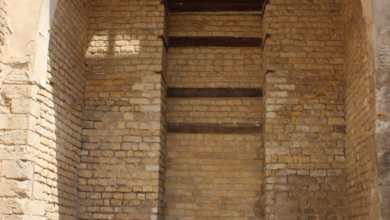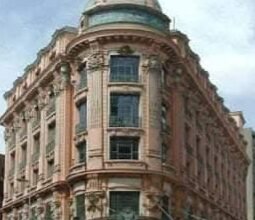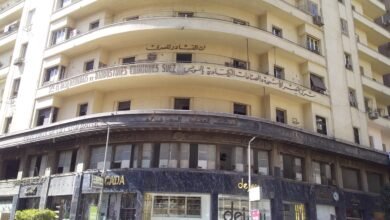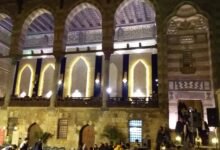العالم الآثاري المصري الدكتور محمد شبانة يكتب: المدينة المحرمة والقصر الصيفي (6) : سلسلة رحلتي إلى الصين
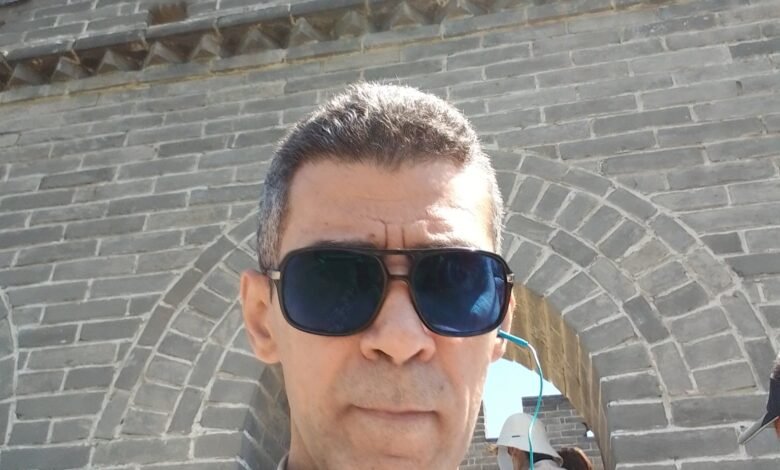

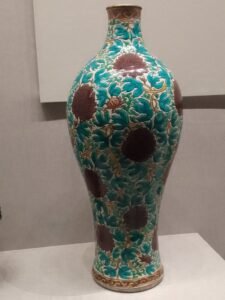
أ . المدينة المحرمة.
تُعد المدينة المحرمة المعروفة اليوم باسم متحف القصر الإمبراطوري من أعظم المعالم التاريخية في الصين والعالم, بُنيت بين عامي 1406-1420 بأمر من الإمبراطور يونغله من أسرة مينغ، واستُخدمت مقرًا للإمبراطور وعائلته طوال أكثر من خمسة قرون, وقد كانت مقرًا لحكم 24 إمبراطورًا من أسرتي مينغ وتشينغ، وقد سُمّيت “المحرّمة” لأن عامة الناس لم يكن يُسمح لهم بدخولها.
وهي تقع في قلب بكين، وتغطي مساحة 720,000 متر مربع، وتضم أكثر من 980 مبنى، مما يجعلها أكبر مجمّع قصور خشبي في العالم و تعتمد هندستها على مبادئ الفنغ شوي، حيث تتجه مبانيها الرئيسية نحو الجنوب، وتحيط بها أسوار عالية وخندق مائي وهي تتميّز بألوانها الإمبراطورية، مثل الأحمر للجدران، والأصفر لأسطح القصور التي كانت مخصصة فقط للعائلة الحاكمة, تشمل المدينة المحرّمة بوّابات ضخمة مثل بوابة التناغم الأسمى)، وساحات فسيحة،وقاعات رسمية مثل قاعة التناغم الأسمى (تايخه ديان).)
تُزيَّن المباني بالنقوش الذهبية، والتنانين، والعنقاوات، والزخارف التي ترمز إلى السلطة والعظمة والتناغم الكوني.
تحوي أيضًا حدائق إمبراطورية ومساكن خلفية كانت مخصصة للعائلة الإمبراطورية والجواري والخدم.
في عام 1925، تحولت المدينة إلى متحف عام يعرض آلاف التحف الإمبراطورية، من اللوحات والخزف والملابس إلى الوثائق الرسمية.
يضم المتحف اليوم أكثر من 1,8 مليون قطعة أثرية وهو من أهم مراكز حفظ التراث الثقافي الصيني.
أُدرجت المدينة المحرمة في قائمة التراث العالمي لليونسكو عام 1987، وتُعد من أكثر المواقع السياحية جذبًا في الصين.
ب. القصر الصيفي.
يُعد القصر الصيفي في بكين أحد أعظم نماذج العمارة الإمبراطورية الصينية، وواحدًا من أجمل الحدائق الملكية الباقية في الصين. يقع على أطراف العاصمة، وقد شُيّد ليكون ملاذًا صيفيًا للأباطرة هربًا من حرّ المدينة وضجيج الحكم.
بدأ بناء القصر في عام 1750 في عهد الإمبراطور تشيان لونغ من أسرة تشينغ، على أنقاض حدائق أقدم. وسُمّي حينها بـ”حديقة الصفاء المتموج”. لكن القصر دُمّر جزئيًا خلال حرب الأفيون الثانية عام 1860، ثم أُعيد ترميمه وتوسيعه على يد الملكة الأرملة تسيشي عام 1888
يمتد القصر على مساحة تتجاوز 290 هكتاراً، ويُهيمن عليه بحيرة كونغمينغ الاصطناعية وتلة “العمر المديد”، ما يمنحه طابعًا طبيعيًا ساحرًا يمزج بين التلال والمياه والمباني.
تتجلّى السمات المعمارية للقصر في الأروقة الخشبية المزيّنة، والقصور ذات الأسقف المذهّبة، والجسور المعقودة، والأبراج المزخرفة, ومن أبرز سماته المميزه الفريدة “الرواق الطويل” الذي يمتد لمسافة 728 مترًا، وهو مزيّن بأكثر من 14,000 لوحة مرسومة يدويًا، تُجسّد مشاهد من الأساطير والتاريخ الصيني. ومن أهم مكوناته الداخلية قاعة البروالعمر المديد, جوسق اليشم المضيء (اليشم نوع من الاحجار الكريمة), برج عطر البخور البوذي, جسر السبعة عشر عقداً, وسفينة الرخام الشهيرة التي ترسو بثبات عند ضفاف البحيرة كرمز للإستقرار الأبدي.
كما يضم القصر مناطق خضراء وبساتين خيزران وممرات حجرية تؤدي إلى مقاصير ومكتبات إمبراطورية، واليوم، يُعد القصر الصيفي موقعًا سياحيًا عالميًا وموقعًا تراثيًا ضمن قائمة اليونسكو للتراث العالمي منذ عام 1998، حيث يقصده الزوار من كل العالم ليشهدوا روعة التناغم بين الفن والبيئة في حضارة امتدت لقرون. (يُتبع)
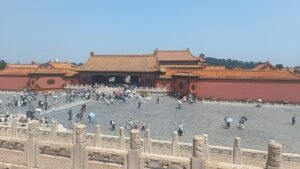
“My Journey to China Series:
The Forbidden City and The Summer Palace (6) by Dr. Mohamed Shabana, Egyptian Archaeologist.
A- The Forbidden City. The Forbidden City, known today as The Palace Museum, is one of the greatest historical landmarks in China and the world.
It was built between 1406 and 1420 by order of Emperor Yongle of the Ming Dynasty, and served as the imperial residence for over five centuries.
It was home to 24 emperors from the Ming and Qing dynasties. It was called “forbidden” because common people were not allowed to enter.
Located in the heart of Beijing, it covers an area of 720,000 square meters and includes over 980 buildings, making it the largest wooden palace complex in the world.
Its layout follows the principles of Feng Shui, with main halls facing south, surrounded by tall walls and a wide moat.
The architecture features imperial colors, such as red walls and yellow roofs, which were reserved exclusively for the royal family.
The Forbidden City includes grand gates like the Gate of Supreme Harmony, vast courtyards, and ceremonial halls such as the Hall of Supreme Harmony (Taihe Dian).
Buildings are adorned with golden carvings, dragons, phoenixes, and decorative motifs symbolizing power, harmony, and cosmic order.
It also contains imperial gardens and private quarters once used by the emperor’s family, concubines, and servants.
In 1925, the site was transformed into a public museum displaying thousands of imperial artifacts, including paintings, ceramics, garments, and official documents.
Today, the museum holds over 1.8 million artifacts, making it one of the world’s richest cultural heritage collections.
It was listed as a UNESCO World Heritage Site in 1987 and remains one of the most visited tourist attractions in China.
A- The Summer Palace .
The Summer Palace in Beijing is considered one of the finest examples of Chinese imperial architecture and one of the most beautiful royal gardens remaining in China. Located on the outskirts of the capital, it was built as a summer retreat for emperors seeking escape from the city’s heat and burdens of governance.
Construction of the palace began in 1750, during the reign of Emperor Qianlong of the Qing Dynasty, built over the ruins of older gardens and originally named “The Garden of Clear Ripples.” It was partially destroyed during the Second Opium War in 1860, but later rebuilt and expanded by Empress Dowager Cixi in 1888.
The palace covers over 290 hectares, dominated by the man-made Kunming Lake and Longevity Hill, creating a breathtaking landscape that blends natural beauty with architectural elegance.
Architecturally, the Summer Palace is renowned for its wooden corridors adorned with paintings, golden-roofed halls, arched bridges, and elaborately decorated towers. Among its most iconic features is the Long Corridor, stretching 728 meters and decorated with over 14,000 hand-painted scenes from Chinese mythology and history.
Its main components include the Hall of Benevolence and Longevity, the Glowing Jade Pavilion, the Tower of Buddhist Incense, the Seventeen-Arch Bridge, and the famous Marble Boat, which sits majestically on the lake as a symbol of eternal stability.
The palace also features bamboo groves, stone pathways, quiet libraries, and imperial chambers.
Today, the Summer Palace is a globally renowned tourist destination and a UNESCO World Heritage Site since 1998. Visitors from around the world come to witness the harmonious blend of art, nature, and imperial grandeur that defines centuries of Chinese civilization.
…to be continued


